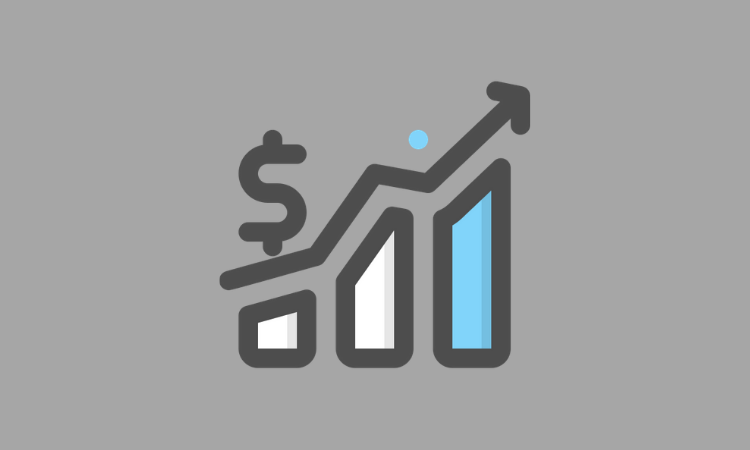Blockchain and Crypto
The ups and downs of Circle’s USDC stablecoin
- Circle recently announced a partnership with Robinhood, and will be onboarding more users as Robinhood leverages its payment infrastructure to power its Web3 products.
- However, the Fed’s investigation into stablecoins and exploration of CBDCs threatens Circle’s progress towards becoming a national digital currency bank.








